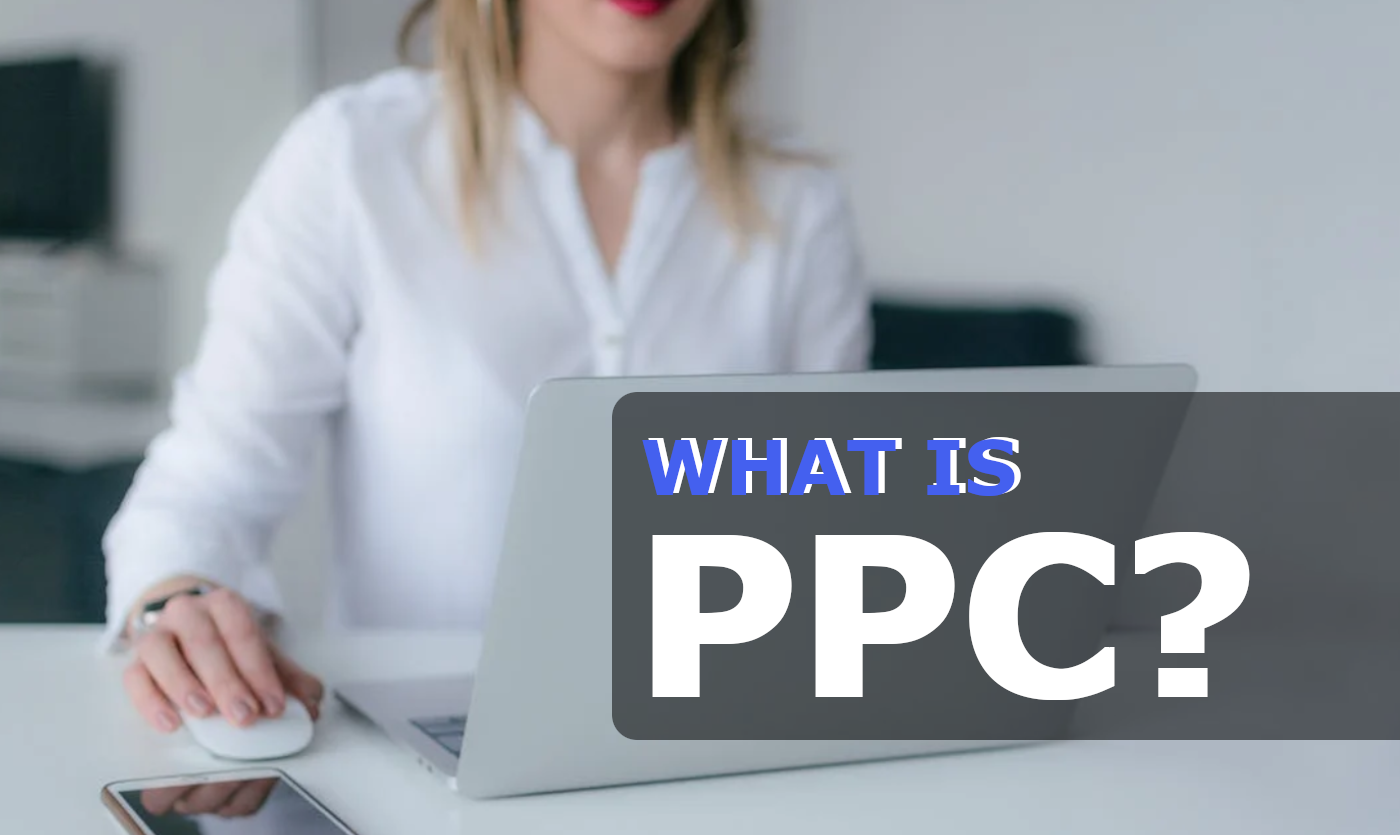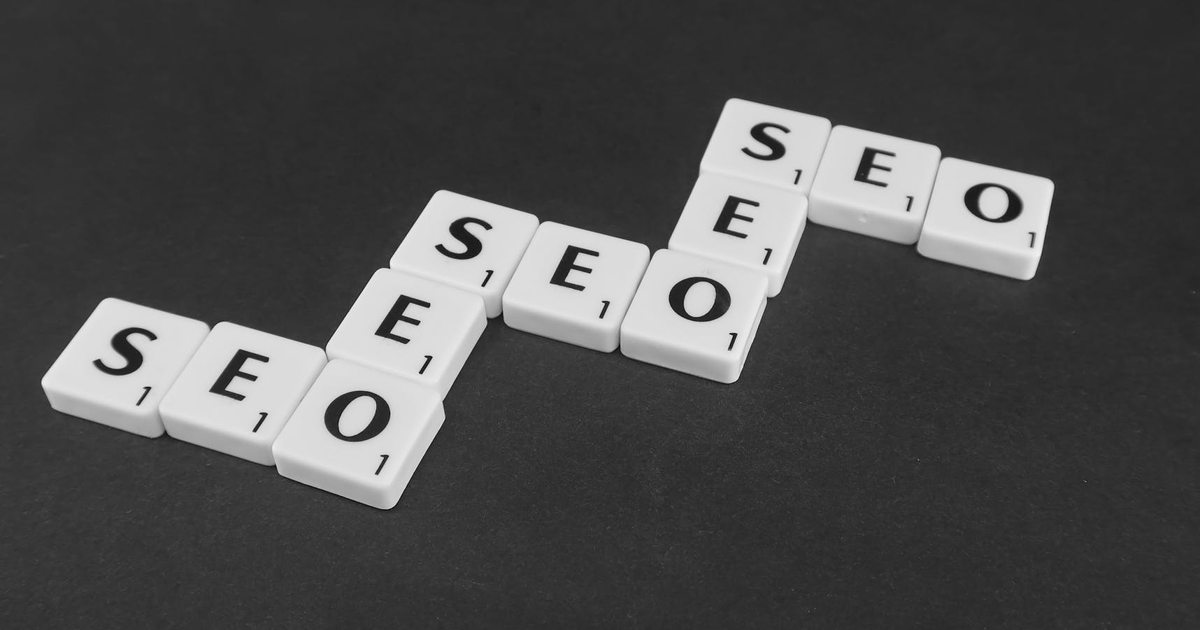Best Way to Keep Email Marketing Out of Spam Folders
Disclaimer: nothing on this site or page is legal advice, nor should it be construed as such. It is simply a helpful starting point for those looking to follow best practices in the world of marketing.
—
For every business that that respects their customers’ inboxes, it would seem there are ten others who don’t. While it’s not always intentional, poor practices can result on long term consequences – even fines! This article is definitely not all inclusive, but it will provide a good start for those looking to keep email marketing out of spam folders.
What is the Dreaded Spam Folder?
Why does email land in spam to begin with? The spam folder used to be where one could look to discover love letters from far away princes and crazy good deals on weight loss pills. Now it also is home to email marketing gone awry.
As with the first examples, it’s clear those messages were unwanted. They are clearly unwanted, often scams, and ultimately, spam. With email marketing, there are often some people who would’ve been interested in the message, so what’s going on? Consent.
Consent is the key word when it comes to email marketing – and really any marketing involving personal data and/or tracking. The easiest wat to avoid the spam folder is gaining consent to message users.
When it comes to email marketing, there are a lot of rules and regulations, but they all revolve around consent. Given its importance in all parts of life, this makes it easier. When in doubt, ask.
Implied vs Explicit Consent in CRM Marketing
Consent comes in many formats, but it typically classified into three buckets:
- No Consent. As it suggests, these are users who haven’t provided consent in any manner, and therefore, they likely should be opted out of most/all marketing emails. (Note: these users might still make sense to send certain transactional email, and in fact, it may still be required to do so.)
- Implied Consent. This consent comes in the form of users providing certain information, such as an email, in a setting which might indicate it may be put to future use for marketing purposes. For instance, a user might fill out a web form without checking a box to opt-in to email marketing. (Checking a box to “Agree to Terms of Use” etc. does not generally count.) While the user hasn’t explicitly asked for communications, it might be assumed that it’s the purpose.
- Explicit Consent. This consent is the gold standard. Implied consent can transition to explicit consent by employing a double-opt in message, though the ideal would be to start with explicit consent from the beginning. Explicit consent requires a user to explicitly agree/ask for marketing communications, often in the form of a checkbox which is initially unchecked. In this way, there are no surprises. The user should know definitively they are being added to a list for marketing purposes.
Are Users Really Going to Consent to Email Marketing or SMS Messages?
Perhaps the biggest reason many companies avoid practices proper list hygiene is list size. It’s understood most users won’t actively opt-in to marketing communications, and therefore, this step is often skipped. In an age when data privacy is become more prevalent, some companies are hiding the ask.
The reality is, if a potential customer suddenly starts to be contacted with marketing communications on private channels, such as email marketing, they’ll likely be more annoyed than excited about the brand.
It’s true. Many users will not opt-in, but those that do will be the customers most likely to spend with the business. In a way, it’s helping the business. Large list sizes cost more money. They’re expensive to maintain, data and communication tools cost more. Sales has to chase more leads that aren’t real. So why not start by eliminating that low quality data upfront? Consent does this.
That said, marketing is about building demand. Not everyone who will convert is willing to opt-in. So the name of the game is motivation. Brands should find ways to compel users to want to join. For a retailer, discounts are an obvious choice – especially advertising discounts to first time sign ups. For a B2B business, a free white paper or other valuable content may do the trick.
Each business will have to determine what can be given for free without jeopardizing the revenue for the business, but ultimately, this is one of the easier ways to gain consent.
The best way to gain consent is by providing value. Brands will try buying lists, ignoring opt-outs (which is legally problematic), and many other tricks. In fact, there are many above board things a brand should do to aid in this effort (unsubscribe links, etc.). However, when all is said and done, the best way to keep email marketing out of spam folders is through consent.




